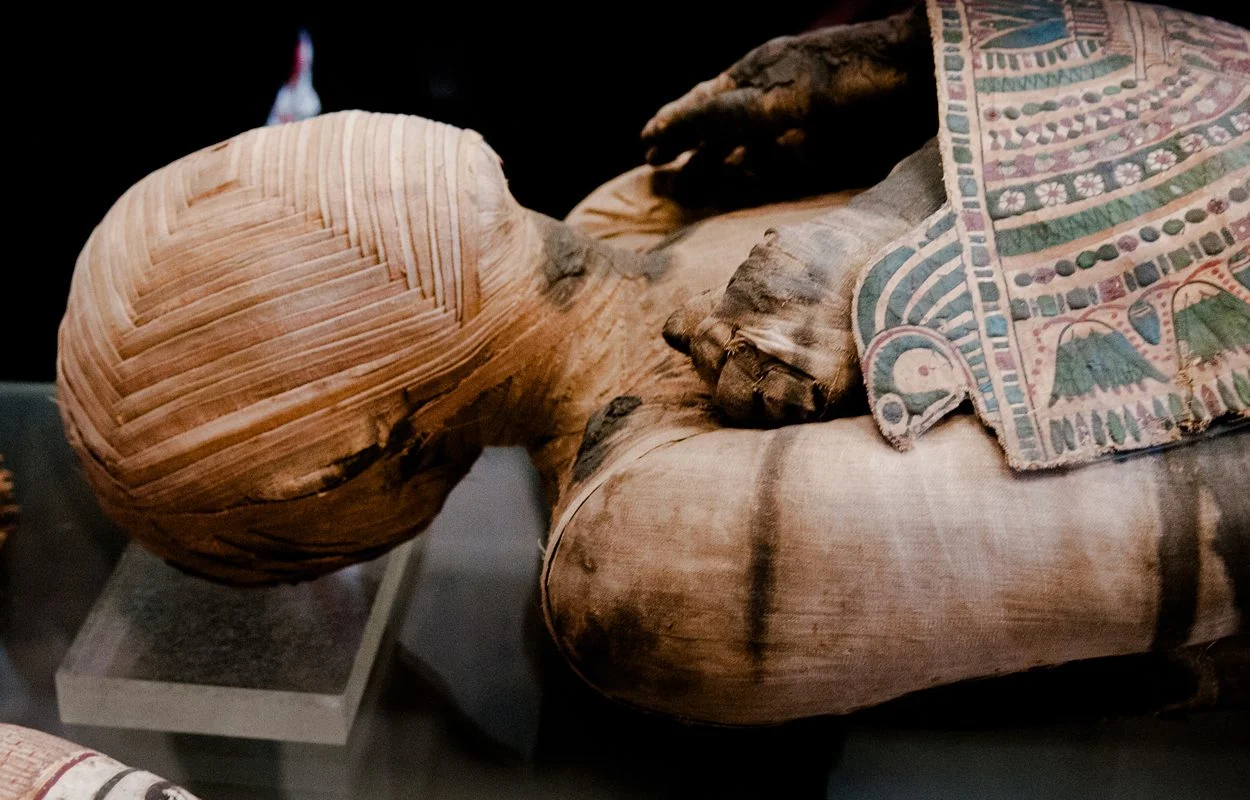A new study, published in the journal Nature, has revealed the types of materials used in Ancient Egyptian mummification.
Back in 2016, archaeologists discovered an embalming workshop at the Saqqara Necropolis, located in the Giza Governorate, Egypt.
Saqqara contains ancient burial grounds of Egyptian royalty, numerous pyramids, including the Pyramid of Djoser, sometimes referred to as the Step Tomb, and a number of mastaba tombs.
The workshop, which dates from 664 to 525 BC during the Late Period of Ancient Egypt, contained 2,500-year-old labelled pots, used for storing plant and animal extracts that were used in the mummification process.
A chemical analysis by researchers from the University of Tübingen, working in collaboration with the National Research Centre laboratory in Giza, has identified botanical resins within the pots, some of which originate from as far away as Southeast Asia.
They used gas chromatography–mass spectrometry which has revealed the pot extracts, including juniper bushes, cypress trees, cedar trees, all of which grows in the eastern Mediterranean region. The study also found extracts of bitumen from the Dead Sea, and animal fats and beeswax which was likely sourced locally.
Interestingly, the team found traces of a resin called elemi which is sourced from Canarium trees that grow in rainforests in Asia and Africa, and dammar from the Shorea trees found in southern India, Sri Lanka and southeast Asia.
Carl Heron, an archaeological scientist at the British Museum told Nature: “Egypt was resource poor in terms of many resinous substances, so many were procured or traded from distant lands.”
The process in which these materials were applied is yet to be determined, and the study has led to new questions about the ancient trade routes that connected Ancient Egypt to the locations where the resins where sourced.
Ancient Egyptian embalmers had a sophisticated understanding of the raw materials’ properties, the authors say. Pots contained complex mixtures of ingredients that, in some cases, had been carefully heated or distilled. Many of the resins had antimicrobial properties — one bowl containing elemi and animal fat was inscribed “to make his odour pleasant” — or characteristics that promoted preservation.
Header Image Credit : Shutterstock





